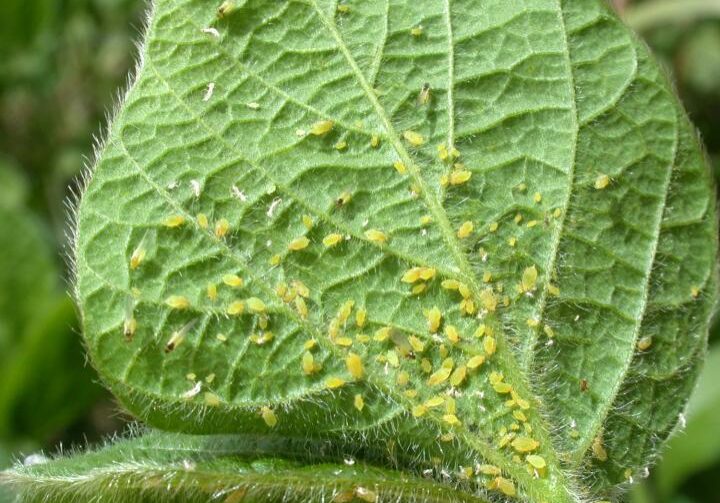Description:
Aphids are small, soft bodied insects that feed by sucking out the sap from plants; they are attracted to plants with soft new growth. They tend to feed in large groups, you will rarely see them alone or in small numbers. Different species range in colors, they can be either white, black, brown, gray, yellow, light green, or even pink; but they all have pear shaped bodies with a long antenna.
Causes:
These insects are attracted to plants with soft growth, typically a result of over watering or over fertilizing. Once a few flying aphids find a plant to be a suitable host they deposit several young onto the plant, they will mature in seven to ten days. After they mature they produce 40 to 60 offspring, they repeat this process several times leading to thousands of aphids on one plant within several weeks.
Damage
The easiest way to determine whether aphids are affecting your plants are to look for curling or yellowing leaves; make sure to check under the leaf for aphids, they tend to hide there. If there is sap all over the stems or leaves this could mean they could have been feeding on that plant. This leftover residue is known as “honeydew”, this is the sugary liquid waste produced by the insects when they feed on the sap. This “honeydew” can leave residue spots on windows and cars, if the deposits are not managed a sooty mold can form which will attract other species such as ants.
Treatment Options:
There are several treatment options available for aphids. Fill out the form of this page or contact our office to consult with an arborist today!
Photos:


